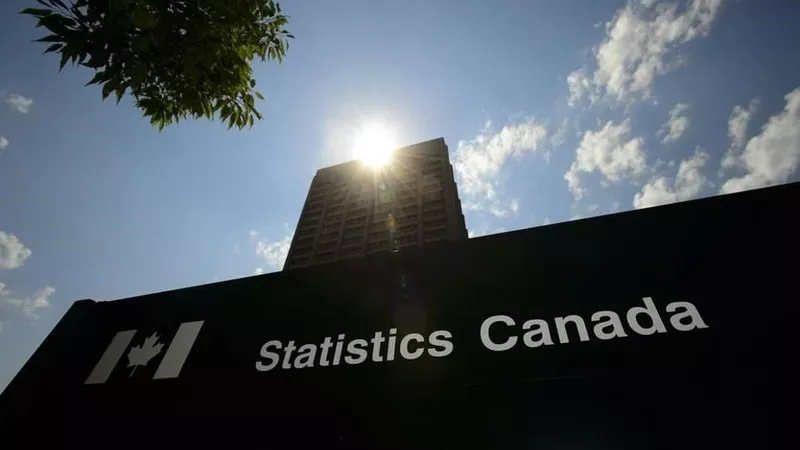
High school completion, income levels increasing for First Nations peoples: StatCan
Status First Nations people in Canada have seen some improvement in several key aspects of daily life, Statistics Canada has found, citing gains in areas ranging from household income levels to internet access.
The agency’s report, produced in collaboration with the Assembly of First Nations and released on Wednesday, studied how on- and off-reserve First Nations peoples are faring in areas like education, housing and employment and noted several examples of significant progress.
It also examined how that progress compares to the outcomes seen by non-Indigenous peoples.
Based on comparisons of the 2016 and 2021 census, Statistics Canada found high school completion rates have increased markedly for both on- and off-reserve First Nations peoples since 2016.


